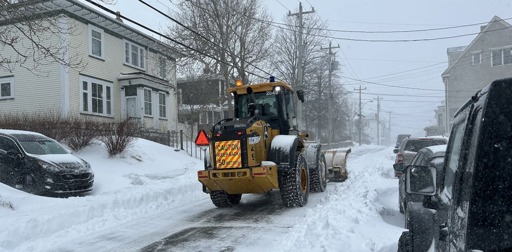Imagine driving along a Canadian road soon after a snowfall — but there’s no snow or ice on the pavement. The salt trucks and plows have not passed. Yet the roads are already clear. The technology exists to make this possible, with a system hidden beneath the pavement.
“[The] system captures solar heat during the summer months and stores it underground. Then, when winter arrives, the stored heat is transferred through pipes beneath the road surface, warming the pavement and preventing ice formation — in essence, a solar powered underfloor heating system,” engineering researchers explain.
Today in The Conversation Canada, Mohammadamin Ahmadfard and Seth Dworkin from Toronto Metropolitan University discuss how this technology, known as Borehole Thermal Energy Storage (BTES), could be a solution to Canada’s winter woes.
“Canada has the potential to lead the way by adopting BTES systems on its most treacherous roads, steep inclines and vulnerable bridges,” they write.
Another added benefit is that it would also make roads lasts longer if water doesn’t have a chance to infiltrate and expand into ice within the asphalt/concrete.
Yeah, it should level out the temperature too, so the minimums are higher and maximums are lower regardless of freeze/thaw.




